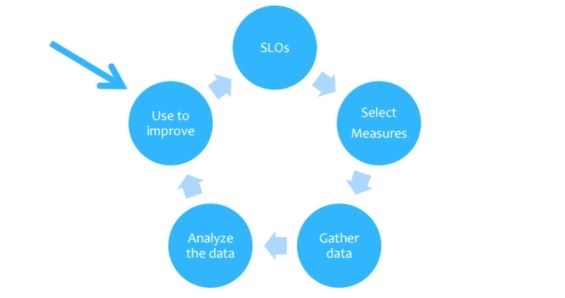Assessment Principles and Frameworks
National Institute for Learning Outcomes Assessment (NILOA)
- Policy Statement on higher education quality: Why Documenting Learning Matters
- Summary of the Development of the Transparency Framework
- The purpose of the Transparency Framework is to make information about student learning meaningful, understandable, and readily available to internal and external audiences.
- Information is meaningful and understandable when it is contextualized and tied to institutional goals for student learning.
- NILOA's extensive, searchable Assessment Resource Library
- "A variety of information including articles, presentations, reports, books, and helpful websites are located within this searchable library database."
Perspective
Three assessment tenors (Trudy Banta, Linda Suskie, and Barbara Walvoord) look back and to the future as they share their perceptions about the past, present, and future of the assessment of student learning in higher education.
"Pressures to demonstrate the accountability of higher education have increased dramatically over the past thirty years. We believe that most of our colleagues now realize that this pressure is not going away."
Nine Principles of Good Practice
Nine Principles of Good Practice for Assessing Student Learning, authored by the American Association for Higher Education (AAHE), revised in 1996 by a panel of experts.
This document provides a fundamental basis and starting place to design an assessment plan for an academic program.
"These nine principles, which were created by a panel of assessment experts and revised in 1996, provide a fundamental basis and starting place to assist in the design of an assessment plan for an academic program."
Closing the Loop
Closing the Assessment Loop (Banta & Blaich, 2011) looks at how assessment information and data are used "to stimulate improvements in teaching, learning, and student services."


[1477236096].jpg)
